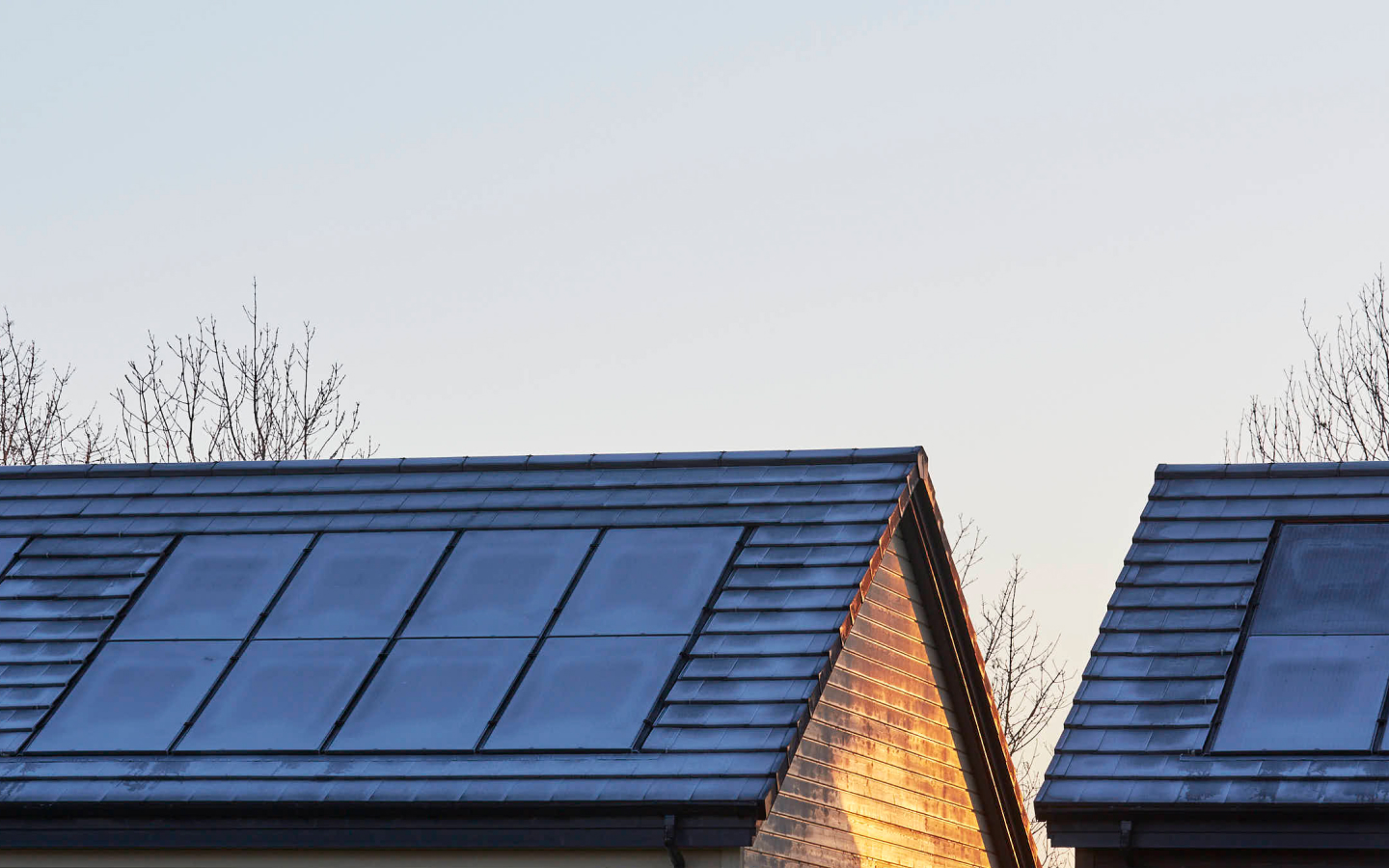What is an eco-friendly house?


Eco-friendly is a word we see popping up more and more each year. Because as time moves, we’re becoming more invested in saving the planet for the future. For this reason, there are many eco-friendly homes now being built, or on the market.
But what is an eco-friendly house exactly, and what features should they be equipped with? We reveal everything you need to know about these housing types while providing advice on what to look out for when you’re hoping to buy a home or move to a greener property.
An eco-friendly house refers to a property that’s built with several sustainable factors in mind to reduce your carbon footprint. This could refer to the building materials a home is built with, for example.
Much like living in Chesterfield in one of our contemporary, zero-carbon homes, environmentally-friendly houses work well with your eco-conscious lifestyle. In fact, new build homes are actually 63% cheaper to run when compared with older homes. This is due to the new, high-quality building materials that are used, as well as insulation and other contributing factors.
But what are they? As well as these important energy-saving features, we’ve listed what you should be looking out for from an eco-friendly house, below.
From eco-friendly homes, you can expect much larger amounts of insulation while older-built homes lack in this department. Good insulation considerably reduces the need to switch the heating on, saving energy and helping the planet. On average, you’re looking to save approximately £435 on household bills per year because newer, eco-friendly homes are filled with insulation which naturally heats the home and stops heat from escaping so easily.
When you’re looking for an eco-friendly house, you’ll want a property that’s equipped with renewable energy sources to reduce the huge impact fossil fuels have on the environment. Many eco homes come equipped with heat pumps and biomass boilers to generate energy efficiently and cost-effectively. So, this is something worth looking out for.
Many eco-friendly homes come equipped with solar panels, which convert energy from the sun into electricity, and even hot water, which you can then use within your home. The benefit of solar energy is you’re avoiding using greenhouse gases, which in turn means you’re no longer contributing to global warming with your energy consumption.
An environmentally-friendly house can feature solar panelling, which sits on the roof to conserve as much solar-powered energy as possible. Often, properties have this brilliant feature installed, which can effectively reduce the carbon footprint of your property by 80%, in just one year!
An eco-friendly house usually comes equipped with clever water conservation systems to save and reuse water efficiently, recycling natural rainwater that you can then use for your home.
This includes systems like rainwater harvesting, which collects the rainwater that usually falls onto bigger surfaces, like your roof. This water is then stored in tanks either underground (such as Aquabanks/Raintraps) or above ground, including water butts, for example.
The type of materials used for the development of eco-friendly homes is really important. Typically, these properties will use wood from sustainable sources, such as forest wood, and lumber from old factories, homes and farmhouses.
This is done to avoid using typical carbon-costly supplies that you’ll find in ‘green’ homes/buildings, to minimise deforestation. After all, if a home builder uses reclaimed wood, they’re reducing the need for newly sourced materials for countertops, flooring and wall panelling.
Reclaimed wood also positively impacts landfill waste by reducing it considerably. Plus, reclaimed wood is generally harder than newer wood sources, since it comes from older, mature trees, which is why it’s used – because it’s much more durable than newly-produced virgin wood. So, you can spot an eco-friendly property by looking into the materials that were used to build its interiors.
Superior glazed windows bring so many benefits, and probably more than you’d expect. Windows that are double or triple-glazed are super-efficient and typical of eco-friendly homes because their job is to conserve energy, doing this by absorbing heat from the outside of your home (which is especially handy in summer).
And with superior/triple-glazed windows, your home will be further protected from reduced air leakage, so you can collect as much heat as possible and save money on energy bills.
Eco-friendly homes can come equipped with an MVHR (Mechanical Ventilation with Heat Recovery), which is a house ventilation system. Its job is to extract and supply air through the entirety of your home. New build eco homes are ideal for increased ventilation, which you likely won’t find in older homes, primarily because they were built so long ago, without concerns about being resourceful for the environment.
Homes with smart technology installed reap many benefits for reducing energy consumption. Most eco-friendly houses come equipped with the likes of smart lighting, and smart thermostats (to regulate the overall temperature in your property). Because the warmer your house is naturally, the less energy you’ll be using over time, which positively contributes to achieving a greener planet.
Not all eco-friendly homes come with every feature on this list or the above. It’s worth gauging what eco-friendly features are most important to you, and looking around houses that meet your personal requirements.
Other than those listed above, the below are just some of the other additional features you can expect in an eco-friendly house:
Now you know everything about eco homes and what they entail, you’ll be ready to start your house hunt! For more insights into eco-friendly homes, zero-carbon homes and more, visit our home-buying advice hub. Alternatively, discover our full range of homes and find your favourite contemporary property.
